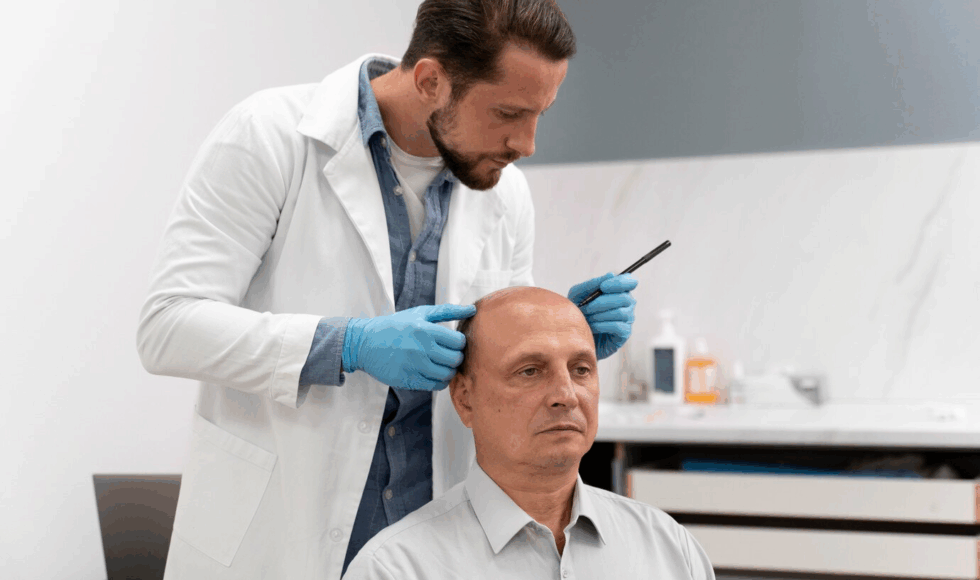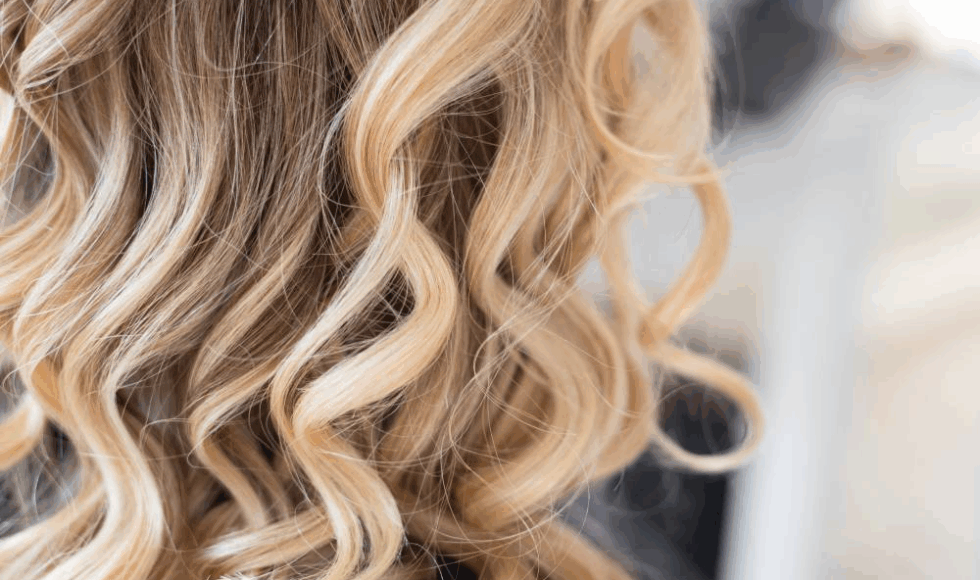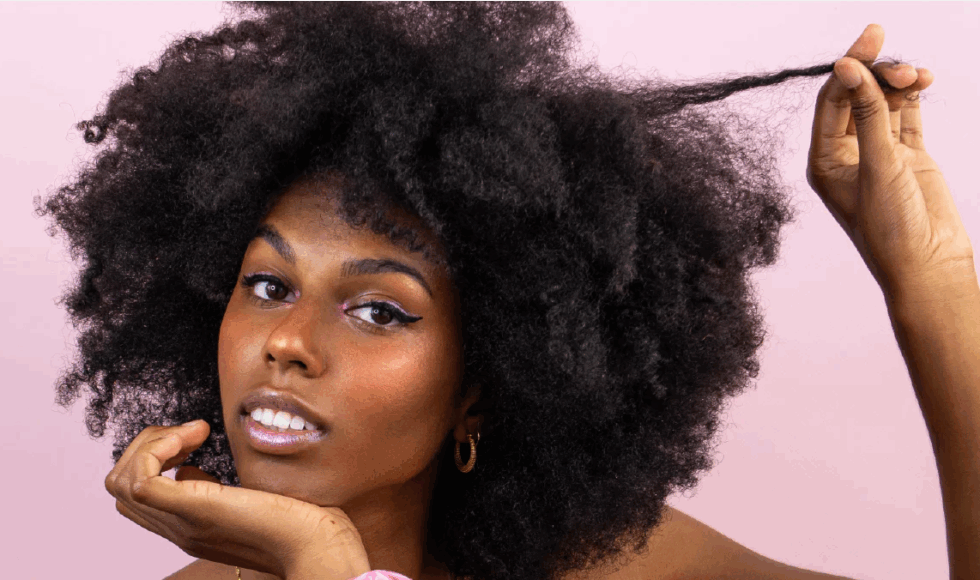Hair loss can be a distressing experience, leading many people to seek effective treatment options. Two of the most commonly considered methods are hair transplants and non-surgical solutions. Each option has its own advantages and drawbacks, and the choice often depends on individual preferences, budget, and the extent of hair loss. Whether you’re exploring long-term treatment options or more flexible,...
Thin hair requires specific care since it’s more fragile and often lacks volume. The right products and styling techniques are essential to prevent weighing it down or drying it out. Ready to transform your hair into a fuller, more vibrant mane? Why Are Thin Hair Flat and Lacking Volume? Thin hair is often associated with...
Melanin, a pigment naturally found in our body, plays a central role in determining the color of our hair. It exists in various shades, contributing to the wide spectrum of hair colors, from the darkest to the lightest. Beyond aesthetics, melanin also serves a protective function by absorbing UV rays and reducing the damage caused...
Maintaining well-hydrated hair is crucial to preserving its health, shine, and flexibility. At the core of this process lies the hydrolipidic film—a fine protective layer covering the scalp and hair shafts. This natural barrier plays a pivotal role in safeguarding moisture and protecting against external aggressions. In this article, we delve into the essential function...
Let’s begin by understanding what sets afro hair apart from other hair types, like Caucasian hair. Afro hair, with its corkscrew shape, doesn’t emerge from the follicle as easily as straight hair. This is why it differs so much from European, straight hair that grows “straight out.” An afro or curly hair grows closely to...
More women are choosing the natural hair transition to reclaim the true texture of their hair and embrace healthier, more sustainable products. Say goodbye to silicones, sulfates, chemical dyes, and flat irons! The goal is strong, shiny, and healthy hair. However, the journey requires patience as your hair adjusts to a new routine, and the...
Our hair reflects our health, emotions, and of course, our age. Baldness, graying hair, and thinning strands are visible signs of aging. Over time, hair becomes drier, dehydrated, and loses density. Fortunately, there are natural solutions to combat these effects of aging hair. Just like our skin, hair requires nutrients to stay healthy. Hair follicles...
Hair loss at the vertex, or crown of the head, is a common concern for many individuals, particularly men dealing with male pattern baldness. However, this area presents unique challenges due to its specific characteristics, including a reduced blood supply compared to other parts of the scalp. This vascular difference directly affects the outcomes of hair transplants in this...
When it comes to hair care, misinformation is everywhere. Many people still believe in old myths that can affect how they take care of their hair, leading to poor routines or false expectations. One common myth is that cutting your hair frequently makes it grow faster. In reality, hair growth is controlled by genetics, not...
Satin hair accessories are becoming increasingly popular, but it’s not just about fashion. Satin offers incredible benefits for hair health, whether you have curly or straight hair. Unlike traditional fabrics like cotton or linen, which can be harsh on your hair, satin helps to maintain the integrity of your hair while keeping it hygienic. Discover the advantages of satin for your hair and our expert tips on how to use it...











